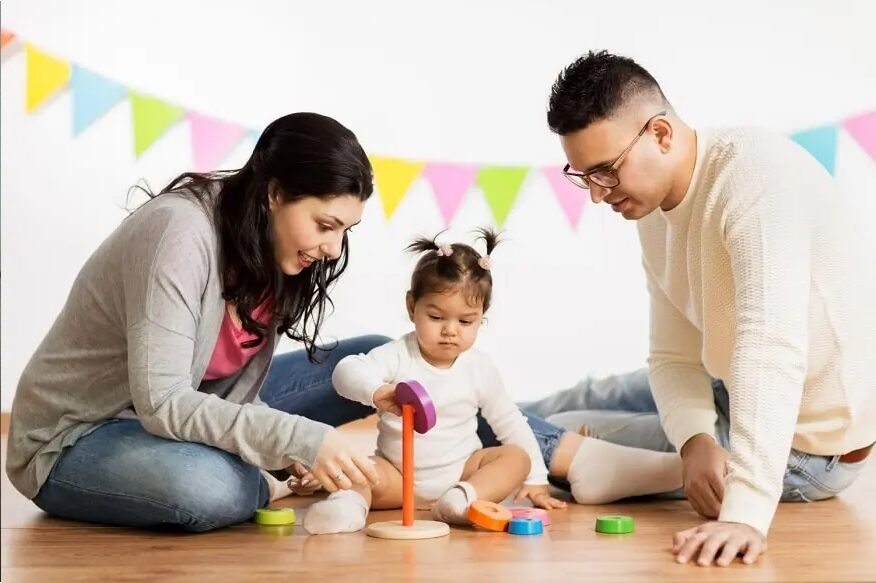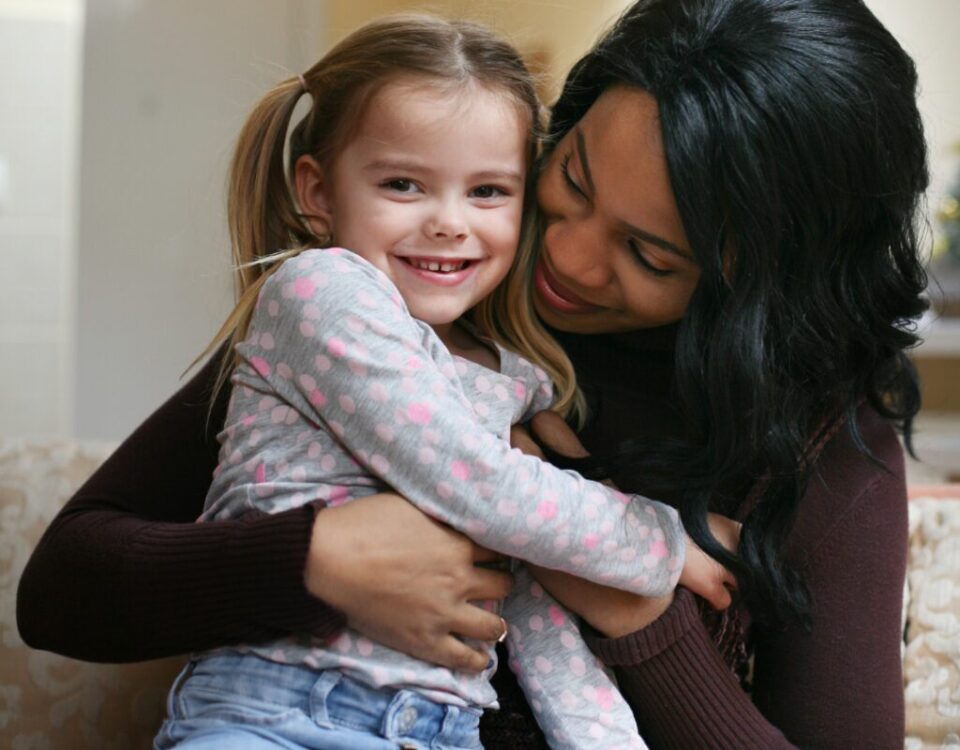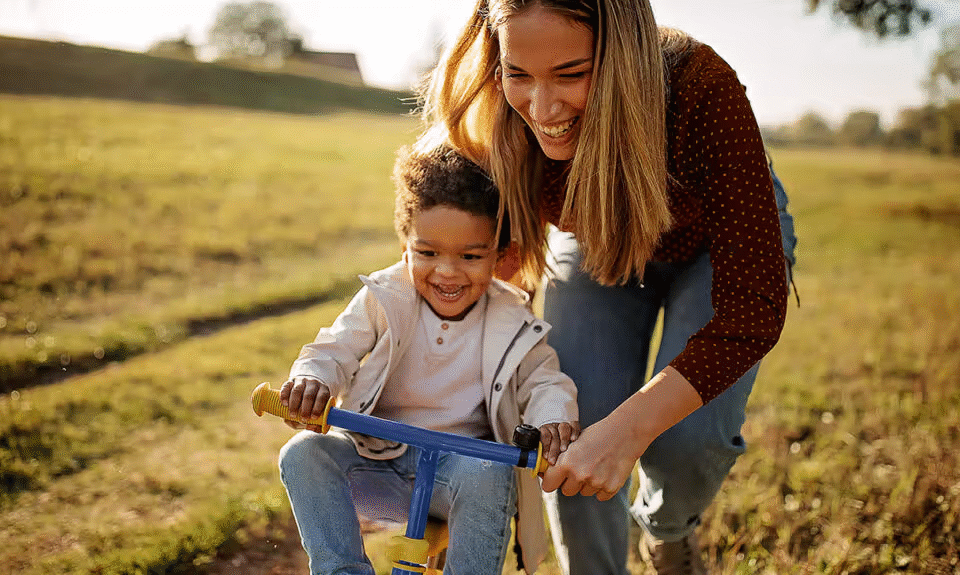The Magical Connection: Understanding Toddler Development and the Power of Presence in Storytelling
The fast cognitive, emotional, and social growth of toddlerhood offers a special window of opportunity for fostering strong relationships. Children are not only acquiring language and comprehending the environment they live in at an amazing speed but also creating the basic blueprints for their relationships throughout these priceless early years. Their growing imaginations and ravenous curiosity help children especially to be open to the magical realm of storytelling. But the way the tale is told, the deliberate presence of the storyteller, that really creates a tapestry of connection—not just the narrative itself. – Unlocking Little Hearts
Why is this kind of awareness so important? Think of a toddler’s day as a swirl of fresh sensations, feelings, and discoveries. Storytelling given with purpose becomes an anchor in this sometimes-tumultuous terrain—a moment of shared stillness and concentrated attention. Mindful storytelling helps you to be totally present with your kid, pay attention to their responses, respond to their cues, and create a shared experience that goes beyond basic word recitation. Keystones of safe attachment and deep emotional ties, this active participation helps one to feel seen, heard, and understood.
Consider the times you have been totally absorbed in a conversation with someone else who was also totally present—eye contact, attentive listening, and thoughtful response. Mindful storytelling gives your child just that sense of affirmation and connection. It turns story time from a passive exercise into a dynamic engagement, a ballet of words, gestures, and emotions that reinforces the unseen ties between you.
Key developmental aspects of toddlers that highlight the importance of mindful storytelling:
- Language Development: Stories expose toddlers to new vocabulary, sentence structures, and the rhythm of language in a contextually rich and engaging way. Mindful storytelling allows you to emphasize words, explain concepts, and encourage their verbal participation.
- Emotional Development: Stories provide a safe space for exploring a range of emotions. By mindfully guiding your toddler through a character’s feelings, you help them develop emotional literacy and empathy. Your own mindful responses to their reactions during the story further validate their emotional experiences.
- Cognitive Development: Stories spark imagination, foster creativity, and introduce basic concepts like cause and effect, sequencing, and problem-solving. Mindful storytelling encourages questions, predictions, and discussions that deepen their understanding.
- Social Development: Stories often depict social interactions and relationships, offering valuable insights into navigating the social world. Mindfully discussing these interactions with your toddler can help them develop social skills and understanding.
Imagine a parent deliberately reading “The Very Hungry Caterpillar.” Rather than only reading the text, they use lively voices for the caterpillar, stop to ask their child what the caterpillar could eat next, and make eye contact and grin at their child’s answers. The youngster is actively participating in a shared experience, experiencing their parent’s warmth and involvement, and connecting with the narrative on a deeper level than merely hearing a story.
Story time becomes essentially a potent bonding ritual when done with awareness. It’s about your quality of presence and the intentionality you bring to the relationship, not about the flawless performance or the most complex book. Being totally present produces a safe and supportive environment where your child feels loved, understood, and connected, therefore establishing a strong basis for a lifetime relationship.

Cultivating Presence: Practical Techniques for Mindful Storytelling with Your Little One
The beauty of mindful storytelling lies not in complex methodologies but in simple, intentional shifts in how you engage with your toddler and the story itself. It’s about bringing your full attention to the present moment, fostering a shared experience that resonates with warmth and connection. Here are some practical techniques you can incorporate into your story time routine to cultivate this mindful presence and further enhance your bond:
1. Creating a Calm and Focused Environment:
Toddlers are easily distracted, so setting the stage for mindful storytelling is crucial. Choose a quiet space where you can both settle in comfortably without interruptions. Minimize distractions like television, phones, or other activities. This dedicated space signals to your child that this is a special time for connection.
- Tip: Dim the lights slightly to create a cozy atmosphere. You might even introduce a special “story time blanket” or cushion that signifies the start of this cherished ritual.
2. Embracing Slowing Down and Pacing:
In our fast-paced world, it’s easy to rush through activities. However, mindful storytelling thrives on slowing down. Read at a gentle pace, allowing your toddler time to absorb the words, images, and emotions of the story. Pauses can be powerful, creating anticipation or allowing for your child’s reactions and questions.
- Fact: Research suggests that slower speech can improve comprehension in young children.
3. Engaging All the Senses:
Mindful storytelling isn’t just about reading words; it’s about bringing the story to life through sensory engagement.
- Vary your voice: Use different tones and inflections for different characters or events. A deep, rumbling voice for a giant or a high-pitched squeak for a tiny mouse can captivate your toddler’s attention.
- Use gestures and facial expressions: Let your body language mirror the emotions and actions in the story. Wide eyes for surprise, a smile for happiness, or a furrowed brow for concern can enhance understanding and engagement.
- Encourage interaction: Ask open-ended questions related to the story, such as “How do you think the little bear is feeling?” or “What would you do if you saw a big, red balloon?”. Listen attentively to their responses and engage with their ideas.
4. Paying Attention to Your Toddler’s Cues:
Mindful storytelling is a two-way street. Be attuned to your toddler’s reactions – their smiles, giggles, questions, or even signs of restlessness. Adapt your storytelling based on their cues. If they seem particularly interested in a certain character or event, linger on that part. If they seem distracted, try a different voice or a more interactive approach.
- Quote: “The most precious gift we can offer anyone is our attention. When mindfulness embraces those we love, they bloom like flowers.” – Thich Nhat Hanh. This quote beautifully encapsulates the essence of mindful interaction, including storytelling.
5. Focusing on the Present Moment:
Leave your worries and to-do lists at the door when you settle down for story time. Be fully present with your child, focusing on the joy of the shared experience. This presence transmits a sense of calm and security to your toddler, deepening your connection.
- Exercise: Before you begin reading, take a few deep breaths together. This simple act can help both of you settle into the present moment.
6. Embracing Repetition and Familiarity:
Toddlers often find comfort and joy in repetition. Rereading favorite stories allows them to anticipate what comes next, reinforcing their understanding and building confidence. Mindfully engage with these familiar stories as if they were new, noticing different details or asking new questions each time.
7. Extending the Story Beyond the Book:
Mindful storytelling doesn’t have to end when the last page is turned. Talk about the story afterwards, connect it to your toddler’s own experiences, or even act out scenes together. This extends the engagement and reinforces the bond created during story time.
By incorporating these practical techniques, you can transform story time into a powerful ritual of connection, fostering not only language and cognitive development but also a deep and lasting bond with your toddler through the simple yet profound act of mindful storytelling.
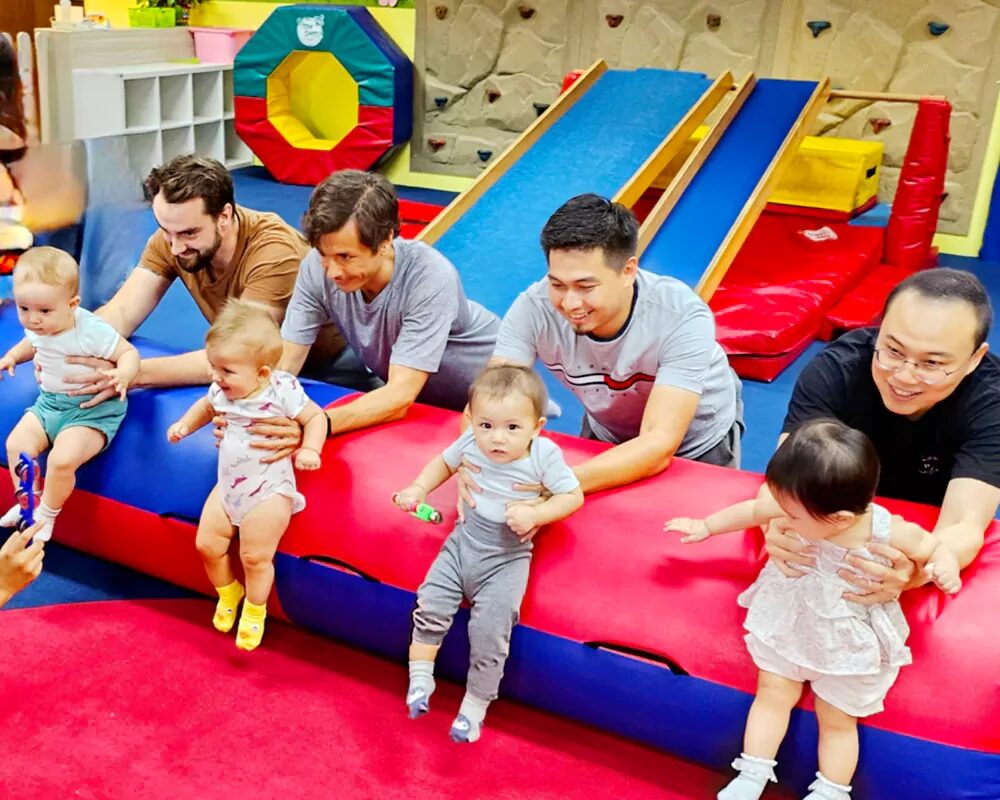
Choosing Tales That Touch the Heart: Selecting Stories for Mindful Engagement
The stories you choose can significantly impact the depth and quality of your mindful storytelling experience. While any book can be read mindfully, certain types of narratives and themes naturally lend themselves to richer engagement and connection with your toddler. Here are some considerations when selecting stories for mindful story time:
1. Stories with Rich Emotional Content:
Books that explore a range of emotions – joy, sadness, anger, fear, excitement – provide valuable opportunities for discussion and empathy-building. Mindfully focusing on how characters feel and why can help your toddler develop their emotional literacy.
- Examples: “The Color Monster” by Anna Llenas (explores different emotions through colors), “Alexander and the Terrible, Horrible, No Good, Very Bad Day” by Judith Viorist (deals with frustration and bad days), “Guess How Much I Love You” by Sam McBratney (expresses deep affection).
2. Narratives Focusing on Relationships and Connection:
Stories that highlight themes of friendship, family, love, and kindness can resonate deeply with toddlers and provide opportunities to discuss the importance of these bonds.
- Examples: “Corduroy” by Don Freeman (a story about friendship and belonging), “Love You Forever” by Robert Munsch (explores the enduring love between a parent and child), “Bear Snores On” by Karma Wilson (friendship and sharing).
3. Stories That Encourage Sensory Exploration:
Books with vivid descriptions that appeal to different senses – sight, sound, touch, smell, taste – can enhance engagement and make the storytelling experience more immersive. Mindfully emphasizing these sensory details can spark your toddler’s imagination.
- Examples: “The Very Hungry Caterpillar” by Eric Carle (sensory details of food and transformation), “Brown Bear, Brown Bear, What Do You See?” by Bill Martin Jr. and Eric Carle (focuses on visual and auditory experiences).
4. Simple and Repetitive Structures:
Toddlers often enjoy predictability and repetition. Stories with repetitive phrases, actions, or characters can be particularly engaging and allow them to anticipate what comes next, fostering a sense of participation.
- Examples: “We’re Going on a Bear Hunt” by Michael Rosen (repetitive chant and sound words), “Each Peach Pear Plum” by Janet and Allan Ahlberg (predictable rhyming pattern).
5. Stories That Spark Curiosity and Questions:
Books that introduce new concepts, animals, or environments can naturally lead to questions and discussions. Choose stories that pique your toddler’s curiosity and encourage them to explore the world around them.
- Examples: Non-fiction books about animals, plants, or space (age-appropriate), stories about different cultures or ways of life.
6. Books That Reflect Your Child’s Interests:
Pay attention to what fascinates your toddler – dinosaurs, trucks, animals, princesses, etc. Choosing stories related to their current interests will naturally increase their engagement and enthusiasm during story time.
7. Stories That Offer Opportunities for Interaction:
Lift-the-flap books, touch-and-feel books, or books with interactive elements can make storytelling a more dynamic and engaging experience, naturally fostering mindful interaction.
- Caution: While interactive books can be great, remember that mindful storytelling is primarily about your presence and engagement, not just the features of the book.
Integrating Mindful Selection with Mindful Delivery:
Remember that when told with awareness, even a basic narrative may become a potent bonding experience. The essential components are your presence, voice, and involvement. Still, carefully choosing tales that fit your child’s developmental level and interests will help to improve the experience and offer more natural chances for connection and education.
When selecting books, take these elements into account to create a collection that not only provides entertainment but also supports emotional development, language acquisition, and a closer relationship during your deliberate storytelling sessions.
Weaving a Tapestry of Connection: The Enduring Power of Mindful Storytelling
Many encounters help to sow the seeds of connection and understanding throughout the active and forming years of toddlerhood. Among these, thoughtful storytelling is one of the most powerful techniques for fostering a strong and lasting relationship between you and your child. It’s more than simply a ritual of presence; it’s a shared trip into the realm of imagination that permanently shapes their growing hearts and brains.
Why does attentive storytelling have such ability to improve toddler bonding? It really comes down to the basic human urge for connection and the great influence of deliberate, loving attention. By means of deliberate storytelling, you are giving your child the great gift of your whole presence. Few other activities may convey affection, stability, and validation in a world too frequently full of distractions. This undivided focus does.
The advantages we have discussed—improved emotional connection, accelerated language development, increased empathy, inspired creativity, sharpened cognitive abilities, and the building of lifetime memories—are all entwined threads in the rich tapestry of your relationship with your child. Every thoughtful narrative told becomes a component of love, understanding, and trust.
Look at this: Your child might not recall the details of every tale you read together years from now. Still, they will probably bring with them the warmth, protection, and connection that pervaded those special times. They will recall your voice, the coziness of your hug, and the sensation of totally losing themselves in a world of wonder beside someone they love.
Stories spoken with awareness are investments in your child’s emotional well-being and the quality of your relationship. Story time becomes a dependable and consoling place for connection in the middle of their hectic days, therefore creating a refuge of quiet.
- Encourage a lifetime love of reading by linking books with interesting and beneficial events. This will help you to develop a great respect of literature.
- Develop resilience: Under your conscious presence, the emotional exploration inside tales helps kids become emotionally intelligent and with coping skills.
The Enduring Embrace: Why Mindful Storytelling Leaves a Lasting Bond with Toddlers
It is abundantly evident as we sketch the last page on our investigation of why thoughtful storytelling improves bonding with children that this basic but effective habit has great power. It’s about building a shared emotional landscape, a refuge of connection where hearts entwine and understanding develops, not only about recounting a set of events.
Mindful storytelling is really about the intentional act of being totally present with your child during this private moment. It’s about paying close attention to their responses, reacting with kindness and sensitivity, and letting the magic of the narrative to span between you. By doing this, you are giving your child a priceless gift: the relentless focus of your love and attention.
Not isolated events are the advantages we have discussed: the strengthening of emotional attachments, the flowering of linguistic skills, the development of empathy, the stimulation of creativity, the sharpening of cognitive ability, and the building of treasured memories. Between you and your child, they are linked threads creating a strong and robust fabric of relationship.
Consider every conscious narrative you tell as a small seed dropped in the rich ground of your connection. Consistent care helps these seeds to develop into strong roots that will secure your link throughout the years. Your presence, your voice, your involvement The feeling of closeness and connection cultivated during such times will last even as the particular elements of the stories fade with time.
Why is this connection so important? Early on, the safe connection created by regular, responsive care—like thoughtful storytelling—lays the groundwork for a child’s emotional well-being, social competency, and general growth. It gives them the courage to travel the globe, the fortitude to meet obstacles, and the ability for positive connections all their lifetime.
Mindful storytelling is the purest expression of love. This is a special moment when the pressures of the day recede into the background and the wonderful human being in your arms takes front stage. This is a chance to share joy and amazement, to connect heart to heart, and to weave a tapestry of common events that can tremendously enhance your life.
Ultimately, the reason mindful storytelling improves bonding with toddlers is straightforward but significant: the strongest and most long-lasting relationships are created in these times of shared presence under the direction of stories’ power. Accept the ability of conscious narrative and see how your relationship with your child grows and flourish.
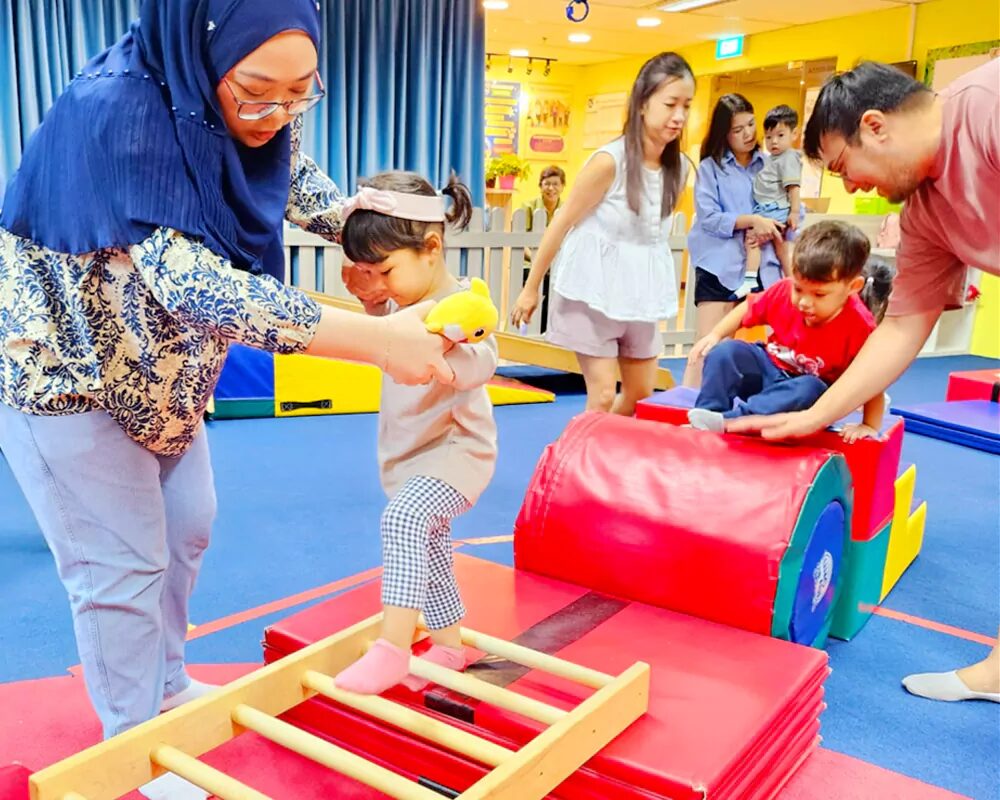
References:
As was already said, the ideas expressed in this blog post are based on accepted research in several spheres of child development and psychology, including early literacy, language acquisition, attachment theory, and social-emotional learning. Although particular references were not included into the book, scholarly research in many fields generally supports the fundamental ideas under discussion. One effective and rewarding approach to strengthen your relationship with your child is to embrace these ideas by means of conscious storytelling.





